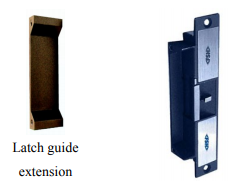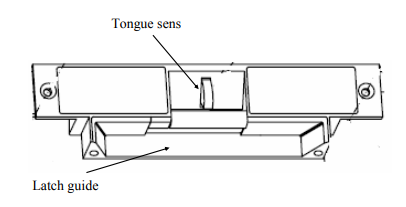

I have noticed recently a lot of confusion in relation to electric strikes, specifically which strike is needed for a specific application. This week I will discuss many of the options on electric strikes, and also define some of the terminology used.
Voltage: Most electric strikes come in a different model for each supply voltage eg Padde ES2000 comes in 12V or 24V. Some, like the FSH strikes, are dual voltage which means the same strike can be used regardless of 12 or 24V supply.
Fire Rating: This is a rating of how long the strike (when fitted to a rated door and frame) will CONTAIN the fire before failing, and allowing the door to open. It is important to remember that this is a containment rating, not an operating rating. Most high end strikes have a fire rating, as an example, the FSH FES10 (ES110 size) has a 4-hour rating.
Fail Safe / Secure: A fail secure strike requires power to unlock, and if the power fails the door is secure. A fail safe strike requires power to hold the door locked, and if the power is removed the door is unlocked.
Latch Guide: This is the extension section on the side of the strike which is cut into the door jamb (frame) and give a neat finish and guides the tongue of the lock in and out to ensure it does not catch on a lip.
Door position switch: This is a switch is located with the latch area and it is triggered when the tongue of the lock is engaged into the strike. This is superior to a reed switch as the door must be closed AND the tongue engaged before it will switch. This is often combined with a bolt position switch.
Bolt position switch: This is a contact used to show if the strike is currently locked or unlocked. It is often used in conjunction with the door position switch for door interlock control. Very few strikes have this function, two that do are the Padde ES2000 and the FSH FES20M.

